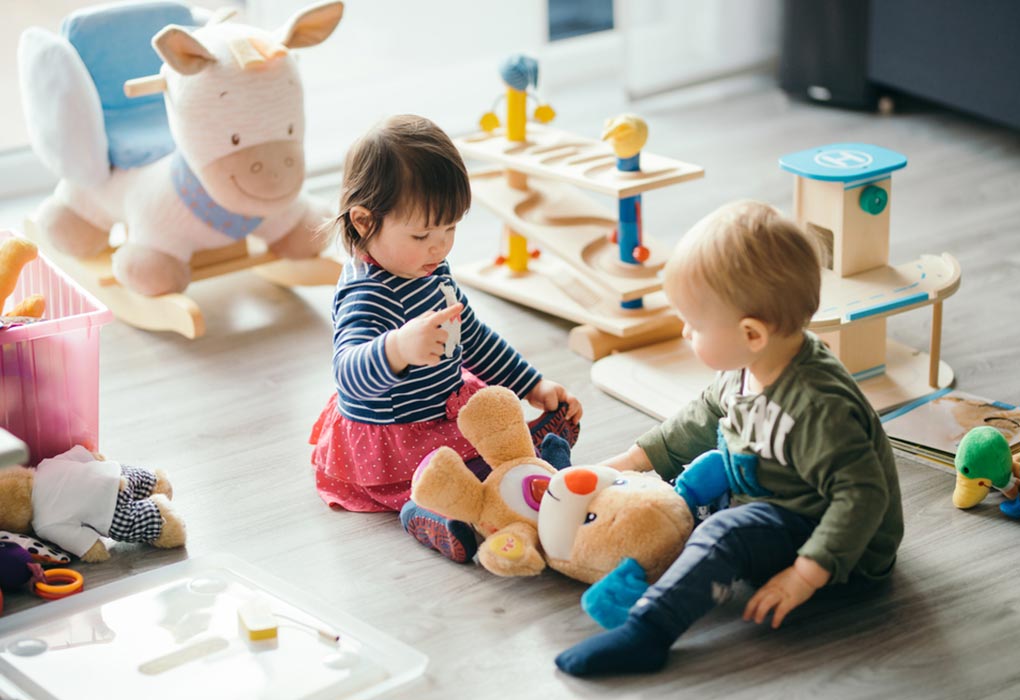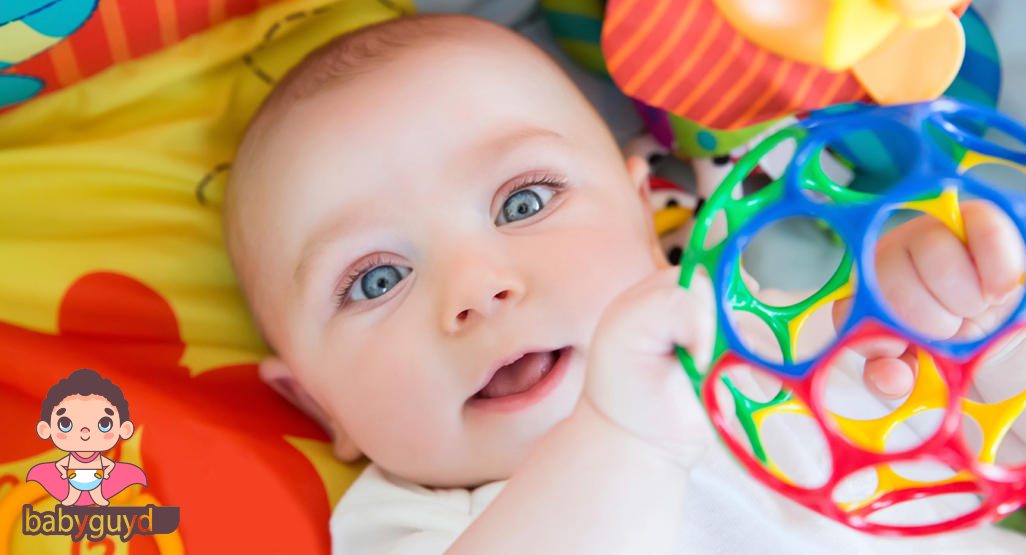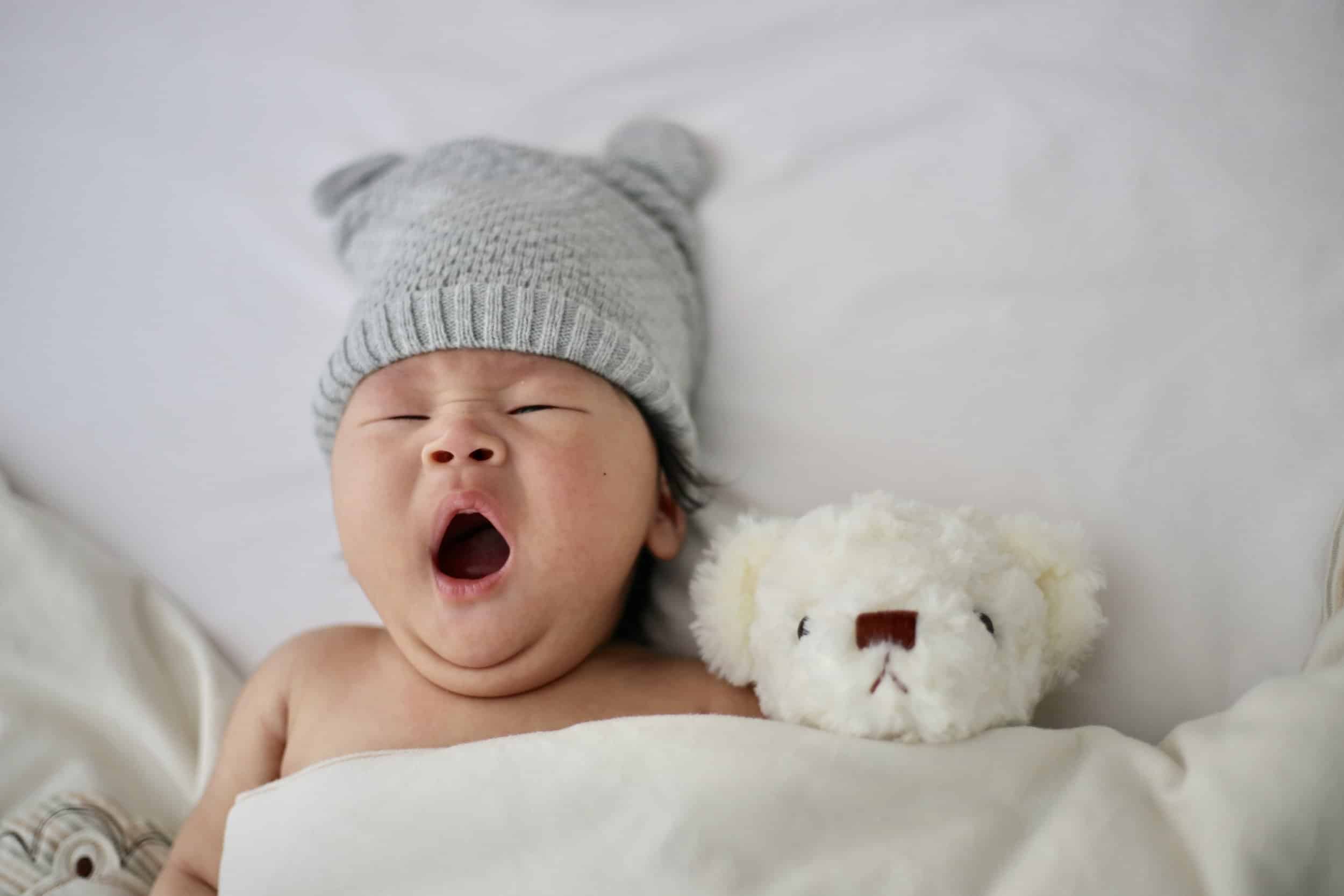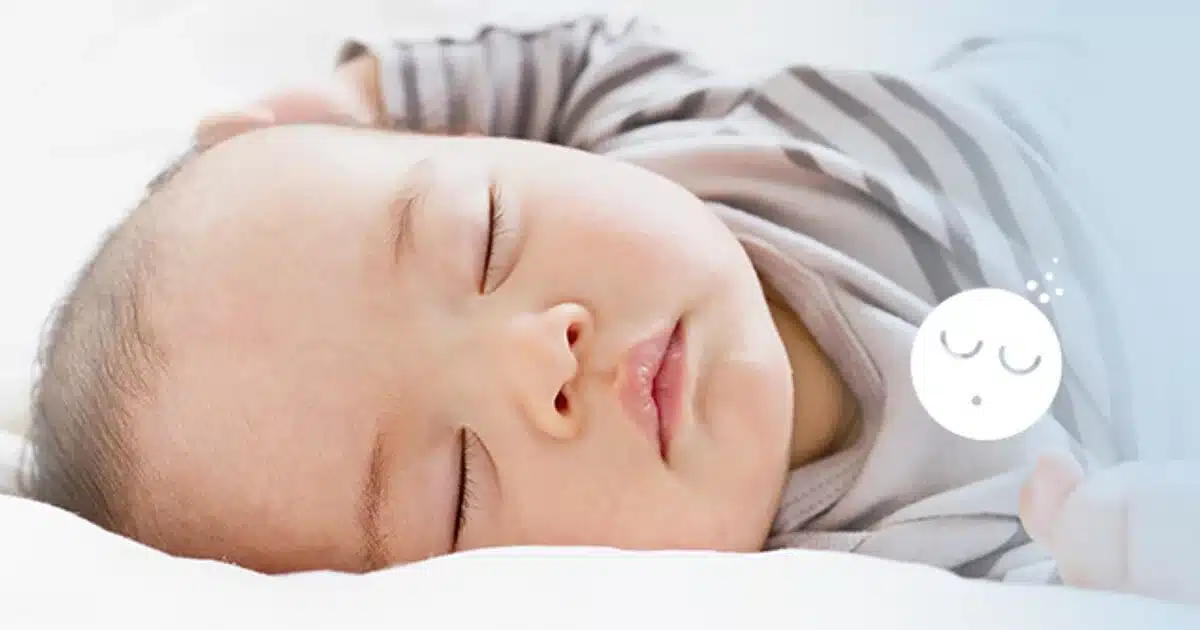The safety of a toy is essential for both babies and parents. When choosing a toy, there are many factors to consider, such as the materials it’s made from and how well the child will play with it. The guidelines in this article will help you make informed decisions about what toys to buy for your baby!
Follow age recommendations for toys
Age recommendations on toys are for safety, and they’re essential when you’re choosing baby and toddler toys.
Many toys are rated for three years or older because they contain small parts that are potential choking hazards if they come loose, and electric toys with heating elements are not recommended for children younger than eight years.
The safety of a toy is essential for both babies and parents. Critical factors to consider when choosing a toy include the materials it’s made from and how well the child will play with it.
Guidelines in this article will help you make informed decisions about what toys to buy for your baby!
Age recommendations on toys are for safety, especially when choosing baby or toddler toys. They’re explicitly rated because they contain small parts that can become choking hazards if they come loose and electric toys with heating elements that aren’t recommended for children younger than eight years old.
Don’t buy toys with small magnets
The CPSC calls magnets a hidden home hazard. It recommends keeping toys with interests away from kids under the age of 14.
Don’t purchase any toys that contain small magnets! The CPSC advises against buying magnetized items because they can be challenging to clean and pose health risks when swallowed by children, especially those younger than eight years old.
Kids love playing with magnetic objects- but these are not safe for them! Often, parents don’t know about this danger until their kid has already ingested one or more small pieces.
That’s why it is essential to keep all of your child’s toys safely stored out of reach while you’re picking up stray metal pieces in other parts of your house as well (e.g., light switches, refrigerator handles).
Don’t buy toys with any magnets! The CPSC recommends keeping magnetized items away from kids under 14 years old.
It’s hard to clean them, and they pose health risks when children swallow them, especially those younger than eight years old’s.
Protect your child from button batteries
Button batteries can be hazardous, causing severe internal burns and even death if ingested.
Keep your child safe from button batteries by storing all toys with this kind of battery in a locked cabinet or drawer.
The best way to avoid accidents is not to use these types of batteries at home. If you are unsure whether the toy contains a button battery, don’t buy it!
Button batteries can cause severe internal burns and even death if swallowed- so keep them away from kids as much as possible!
Toys that have these kinds of batteries should be stored in a locked cabinet or drawer, though the most effective measure would be not having any buttons within reach at all when they’re unsupervised
(e.g., on light switches/faucets). Do not purchase any toy containing such an item unless you’re sure there’s no risk of accidental ingestion.
The CPSC recommends button batteries should be kept out of reach by children, as they can cause severe internal burns and even death if swallowed, so keep them away from kids at all costs!
If you’re unsure whether the toy contains a battery such as this one, don’t buy it to avoid accidents.
Don’t pick toys with a cord longer than 12 inches
A cord can too quickly wrap around a young child’s neck, causing strangulation. Once your child can climb up on his hands and knees, remove crib gyms and hanging mobiles from his crib.
Be particularly vigilant about older toys. For example, an older model of a popular play kitchen may have a phone attached with a potentially deadly cord, while the latest model of the same kitchen has the more current and safer cordless phone.
Straps on toy guitars can also strangle young children. Cut off cords, strings, and belts, or don’t give the toy to your child.
Check for choking hazards
Until your child turns 3, toy parts should be more significant than his mouth to prevent the possibility of choking.
To determine whether a toy poses a choking risk, use a choking hazard tube. If a toy or part of a toy can fit inside the cylinder, it’s not safe.
Don’t pick toys with a cord that is longer than 12 inches! Lines can quickly wrap around the neck of a young child and cause strangulation.
Once your child can climb on his hands and knees, remove crib gyms or hanging mobiles from their crib; but be especially careful about old toys- for example, an older model of a popular play kitchen might have a phone attached with this type of fatal cord while newer models don’t.
Keep straps on toy guitars away from children’s necks as well to avoid choking hazards. Be sure these parts are more significant than your child’s mouth until they turn three years old, so there is no risk of them being swallowed whole and choking (e.g., using a tube).
Inspect new and used toys
Check all toys – new or used – for anything that could harm your child, especially if he’s a baby or toddler. Parts on all toys should be securely attached.
Buttons, batteries, yarn, ribbons, eyes, beads, and plastic parts that could easily be chewed or snapped off are choking hazards.
Ensure all parts of a stuffed animal are securely sewn on and the seams of the body are reinforced (the stuffing is a choking hazard).
Check to see that there are no sharp edges on toys and the paint is not peeling. (Wooden toys that have become sharp or splintered can be sanded smooth.)
Make sure your child is physically ready for the toy
For example, parents of older kids may buy a bike one size too big not to have to buy a new bike the following year. This tactic can lead to serious injury if a child doesn’t have the physical skills to control the bigger bike.
Store toys carefully
Teach your children to put their toys away so they (and you) don’t trip over them. If you use a toy box, choose one without a lid or one that’s removable.
If the package has a lid that lifts, make sure it will stay open in any position when raised – and not fall on your child. (Special hinges can be added to lids to provide this support.)

Conclusion:
These are the guidelines for choosing safe toys for babies that we hope you have found helpful. Remember to watch children closely and always keep them out of reach when they’re playing with their new toy or anything else in your house!
As well as making sure no parts can be removed from any given toy. This article is meant to provide an overview on choosing safe toys so that it’s easier for parents to remember these specific points each time they purchase a new one.
Don’t forget: if something seems unsafe (e.g., too small), don’t buy it- instead, look elsewhere or contact the manufacturer!











